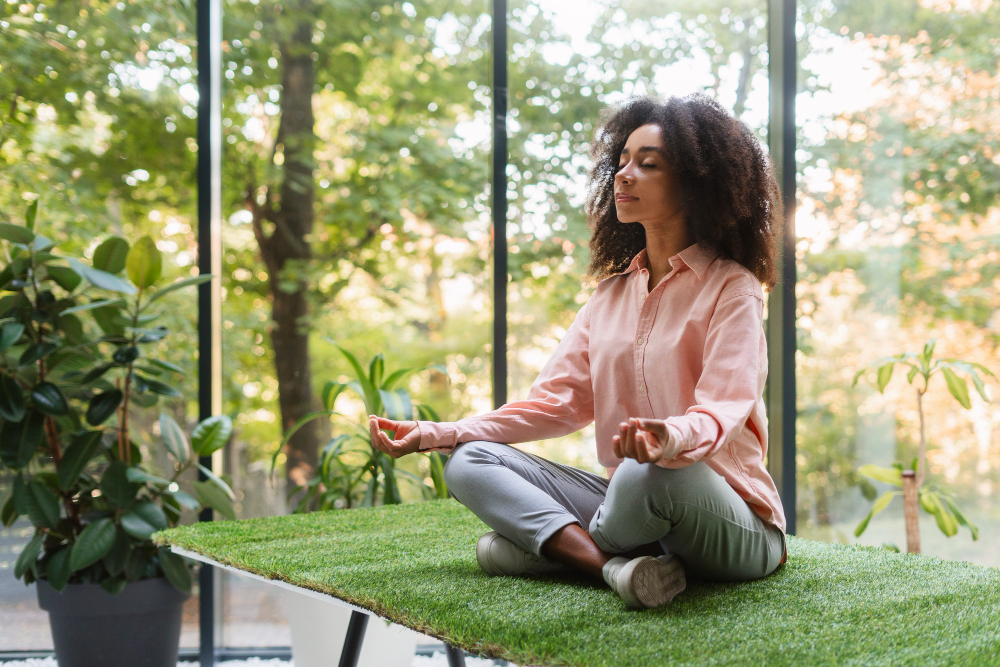In an age of constant stimulation, endless notifications, and jam-packed schedules, it’s easy to lose touch with the present moment. We’re often so busy “doing” that we forget the importance of simply “being.” That’s where mindful activities come in—a gentle, accessible way to reconnect with ourselves, cultivate calm, and nourish creativity.
What Are Mindful Activities?
Mindful activities are practices that help you stay anchored in the present moment. Unlike passive entertainment or multitasking, mindful activities encourage full engagement with what you’re doing, whether that’s breathing, creating, moving, or resting. The goal isn’t perfection or productivity—it’s presence.
You don’t need to sit in silence for hours to experience mindfulness. In fact, many mindful activities are creative, enjoyable, and even playful. They bring your attention to the now, quiet mental chatter, and foster a sense of peace and self-awareness.
Why Mindful Activities Matter
Modern life often leaves us overwhelmed, distracted, and mentally exhausted. We’re constantly toggling between apps, responsibilities, and expectations. This chronic busyness not only fuels stress but also disconnects us from our senses, emotions, and intuition.
Mindful activities help reverse this trend. They:
- Lower stress and anxiety
- Enhance focus and clarity
- Improve emotional regulation
- Encourage creativity and self-expression
- Promote overall mental well-being
When practiced regularly, mindful activities become a powerful anchor in an otherwise chaotic world.
1. Mindful Drawing and Coloring
You don’t have to be an artist to benefit from mindful drawing or coloring. The simple act of putting pen to paper can be incredibly soothing. Focus on each stroke, the sensation of your hand moving, and the patterns or colors you’re creating.
Tip: Try using a mandala coloring book or create freeform doodles. The repetitive nature of these activities can create a meditative flow state.
2. Nature Walks with Awareness
Taking a walk becomes a mindful activity when you slow down and engage all your senses. Listen to the sounds of birds, feel the breeze on your skin, notice the texture of leaves or the scent of flowers.
Mindful activity idea: Leave your phone at home or on silent. Walk slowly and intentionally, paying attention to every step and breath. This form of moving meditation can be incredibly grounding.
3. Journaling with Intention
Writing can be a deeply mindful practice when done with presence and purpose. Rather than writing for productivity, try expressive or reflective journaling.
Prompt to try: “What am I feeling right now?” or “What do I need today to feel more grounded?” Let your thoughts flow without judgment or the need to sound polished.
4. Mindful Breathing and Body Scan
Breathing is the anchor of all mindfulness. Simply taking a few deep breaths can calm your nervous system and refocus your attention.
Mindful activity suggestion: Practice a body scan meditation. Start at the top of your head and slowly move your awareness down through your body, noticing sensations without trying to change them. This practice helps you reconnect with your physical self and cultivate stillness.
5. Creative Writing or Poetry
Creative expression is inherently mindful when approached with curiosity rather than critique. Writing a poem, short story, or free verse can help you access deep emotions and imagination.
Try this: Set a timer for 10 minutes and write a poem or story that begins with “I am…” Don’t edit—just write whatever comes to mind.
6. Mindful Cooking and Eating
Preparing and eating food can be one of the most rewarding mindful activities. When we eat distractedly, we miss the textures, flavors, and satisfaction of the experience. Cooking with awareness, and then savoring each bite, turns an everyday task into a meditative ritual.
Activity idea: Cook a meal from scratch, paying attention to the colors, scents, and sounds. Eat slowly, chewing thoroughly, and notice the sensations in your body.
7. DIY Crafts or Gentle Handwork
Activities like knitting, origami, collage-making, or clay sculpting engage your hands and your focus, helping to quiet the mind. These repetitive movements are soothing and can spark a creative, meditative flow.
Mindful activity tip: Choose a craft that you enjoy, and allow yourself to focus fully on the process rather than the outcome.
8. Listening to Music or Soundscapes
Listening can be a profound form of mindfulness. Rather than having music as background noise, try actively listening to a piece of instrumental music or natural soundscapes.
Mindful activity idea: Close your eyes, sit comfortably, and focus on each instrument or sound. Let the vibrations wash over you, noticing how your body and emotions respond.
9. Gardening or Plant Care
Tending to plants is a naturally grounding activity. Whether you’re watering a houseplant, pruning leaves, or digging in the soil, gardening invites you to slow down and connect with the cycles of life.
Bonus: Observing the slow, patient growth of plants can serve as a gentle reminder to cultivate your own inner growth with similar patience.
10. Guided Visualization
Visualization is a powerful tool that combines relaxation with imagination. Through guided imagery, you can mentally “travel” to peaceful places or evoke calming sensations.
Mindful activity idea: Find a guided meditation that leads you to a forest, beach, or peaceful room. Focus on the sights, sounds, and sensations, allowing yourself to fully immerse in the experience.
Final Thoughts
In a world that often pushes us to move faster, mindful activities invite us to slow down, breathe, and truly experience life. They remind us that joy, clarity, and calm are always available when we pause and pay attention.
You don’t need expensive tools or hours of free time. All you need is the intention to be present and the willingness to explore. Whether you’re drawing, walking, writing, or simply breathing, these mindful moments add up—gently guiding you back to yourself.
The art of being is not about escaping life, but about embracing it—one mindful breath, step, or stroke at a time.




